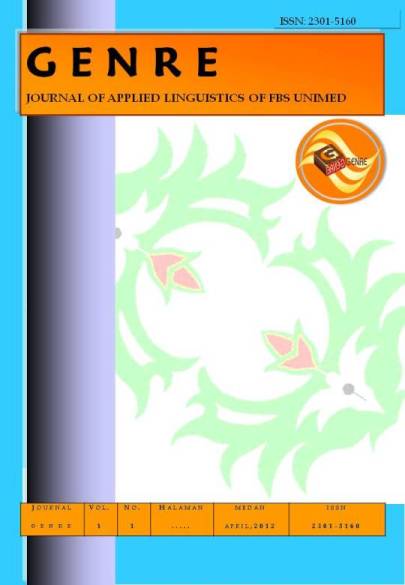The Implementation of Problem Based Learning (PBL) in Encouraging Independent Learning in Grade 8 at SMP PAB 8 Sampali
DOI:
https://doi.org/10.24114/gj.v14i2.68239Abstract
This study aims to explore how the implementation of Problem-Based Learning (PBL) supports independent learning among Grade 8 students at SMP PAB 8 Sampali. A descriptive qualitative approach was employed, with data collected through questionnaires distributed to 11 students using a Likert scale. The findings reveal that most PBL components were effectively implemented, including the use of real-world problems, the teacher's role as a facilitator, interdisciplinary learning, critical thinking, reflection, and the development of lifelong learning skills. However, elements that require greater student participation such as active problem-solving and choosing how to learn were found to be less developed. PBL was shown to enhance students' time management, responsibility, self-assessment, and curiosity. Despite this progress, some students still heavily relied on teacher guidance, indicating a gap in their ability to learn on their own. Therefore, it is recommended that teachers provide additional support to build students’ confidence and thinking skills, helping them become more independent in their learning. Overall, PBL is proven to be an effective strategy for promoting independent learning, although its success depends on how ready students are to take charge of their own learning.Downloads
Published
2025-04-17
Issue
Section
Articles
License
Copyright (c) 2025 Nurhartini, Neni Afrida Sari Harahap, Karunia Devi Frida

This work is licensed under a Creative Commons Attribution-NonCommercial-NoDerivatives 4.0 International License.
Authors who publish with this journal agree with the following terms:
- Authors retain copyright and grant the journal right of first publication with the work simultaneously licensed under a Creative Commons Attribution License that allows others to share the work with an acknowledgment of the work's authorship and initial publication in this journal.
- Authors are able to enter into separate, additional contractual arrangements for the non-exclusive distribution of the journal's published version of the work (e.g., post it to an institutional repository or publish it in a book), with an acknowledgment of its initial publication in this journal.
- Authors are permitted and encouraged to post their work online (e.g., in institutional repositories or on their website) prior to and during the submission process, as it can lead to productive exchanges, as well as earlier and greater citation of published work (See The Effect of Open Access).
- This work is licensed under a Creative Commons Attribution-ShareAlike 4.0 International License.







.png)


